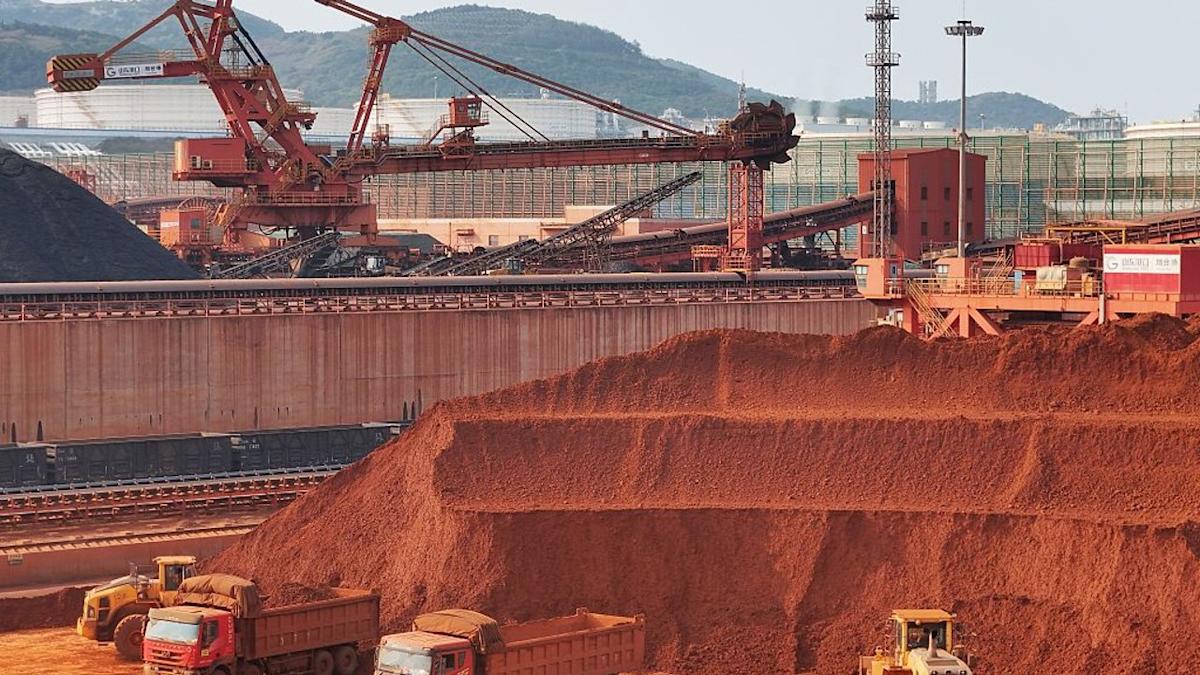A version of this article originally appeared in Quartz’s members-only Weekend Brief newsletter. Quartz members get access to exclusive newsletters and more. Sign up here.
After China cut off rare earth exports to punish U.S. chip restrictions, President Donald Trump negotiated another year of access to the critical minerals that are essential to making the modern world go round. Now he has to figure out how to never need Beijing’s mercy again.
Trump’s meeting with China’s leader Xi Jinping delivered a fragile trade war truce last month, with Beijing agreeing to suspend rare earth export controls until late 2026. But that handshake was actually the finale of a week-long diplomatic blitz that saw Trump sign billion dollar deals over critical mineral agreements across Asia. The deals aim to crack China’s 90% grip on processing these obscure elements that form the hidden backbone of modern technology.
Yet industry experts see the pause as more strategic than generous. While Western companies scramble to transform paper promises into actual mines and refineries, Beijing retains all its leverage and knows exactly how long these projects really take to build. The suspension gives America a narrow window to achieve what it’s failed to do for decades: create a supply chain that doesn’t run through China.
Despite their name, rare earth minerals aren’t particularly rare. They’re a group of 17 chemically similar elements with made-up sounding names like neodymium, dysprosium, and terbium that most people have never heard of but can’t live without. Their unique magnetic and conductive properties make them irreplaceable in current technology. Without these elements, our devices would be bulkier and less efficient, electric vehicle motors would need far more copper and steel to generate the same power, and military guidance systems would lose much of their precision.
The “rare” part isn’t about scarcity in the Earth’s crust but about how difficult and dirty they are to extract and refine. They’re typically found mixed together in low concentrations, requiring massive amounts of ore to be processed with toxic chemicals to separate usable quantities. That environmental cost is partly why the West let China take over the industry in the first place.
While the Pentagon’s $400 million stake in California’s MP Materials suggests some appetite for domestic production, most of Trump’s strategy involves finding new places to outsource the environmental burden that America rejected decades ago.
Trump’s Asia tour read like a Black Friday sale for critical minerals. Starting in Kuala Lumpur, he secured Malaysia’s commitment to expedite development of rare earth deposits and promised no export quotas on shipments to America. Thailand signed off on exploration and processing rights. Japan agreed to jointly stockpile rare earths and identify processing projects, while earlier this month, Australia put up the biggest commitment: $8.5 billion including potential financing for a project that could supply 5% of global rare earth production once operational.
But deals on paper don’t produce actual minerals. Malaysia has the deposits but lacks the technology to extract them. Thailand’s economy depends so heavily on Chinese intermediate goods that any serious pivot could trigger retaliation. Even Australia’s most advanced project won’t be operational until 2030 at the earliest.
Xi’s decision to suspend export controls for a year looks like a concession, but Beijing may have given up less than it appears. The one-year pause serves China’s interests by potentially dampening the urgency of Western efforts to build alternatives. Why invest billions in a risky mining project when Chinese supplies are flowing again? The announcement has already caused rare earth stocks to pull back from their peaks, with MP Materials dropping almost 5% on the news. Every month that passes without meaningful Western production coming online is another month China’s dominance remains entrenched.
More importantly, Beijing retains multiple pressure points beyond rare earths themselves. The restrictions weren’t just about raw materials but also about the entire supply chain ecosystem. China banned the export of rare earth processing equipment, prohibited the transfer of technical knowledge needed for refining, and even claimed authority over magnets made anywhere in the world if they contain Chinese materials. These rules remain on the books, ready to be activated whenever Beijing chooses.
The timing of the pause is particularly strategic. A year from now, America will be deep into midterm election season. If Trump’s rare earth deals haven’t shown concrete results by then, Beijing could reimpose restrictions at the moment of maximum political vulnerability. China has played this long game before with Japan in 2010, cutting off rare earth supplies during a territorial dispute. Even after 15 years of trying to diversify, Japan still depends on China for 60% of its rare earth imports.
The question now is whether American companies and their allies can do better than Japan’s partial escape, or whether they’ll pocket the short-term profits from restored Chinese supplies and hope the dysprosium supplies never stop flowing. Based on the stock market’s reaction and the timeline of proposed projects, Beijing’s bet that very little will change might prove correct.



Leave a Comment
Your email address will not be published. Required fields are marked *